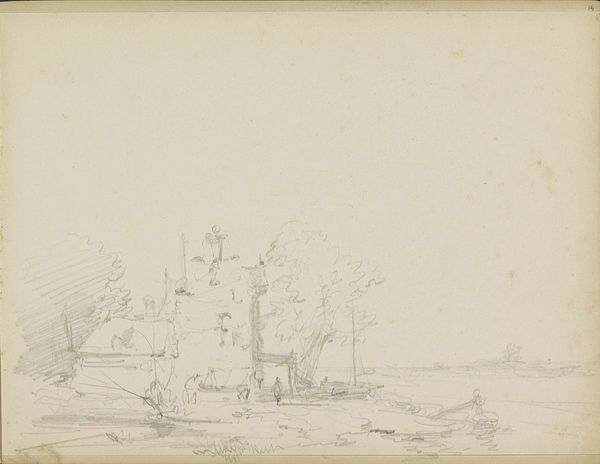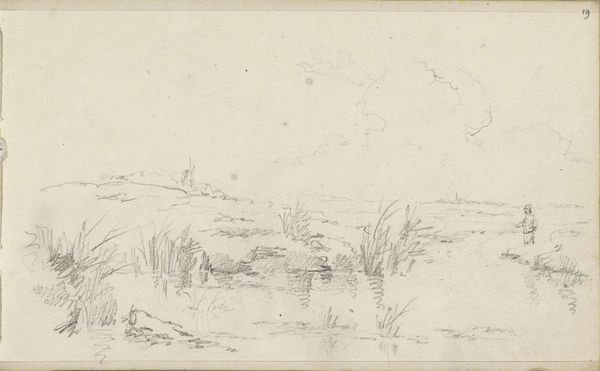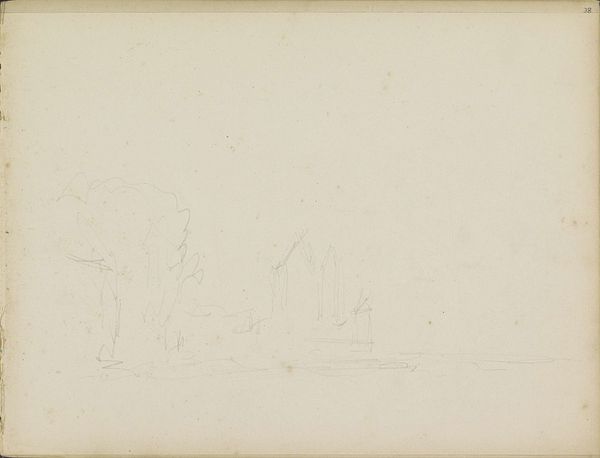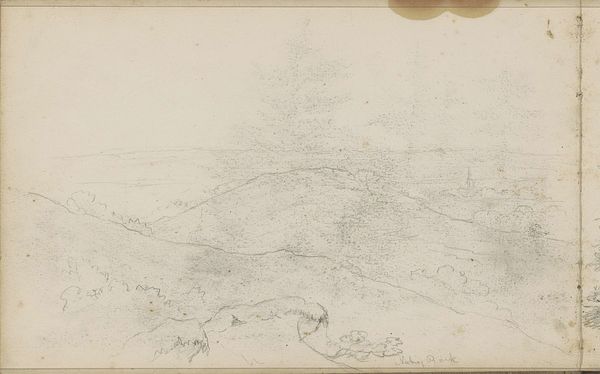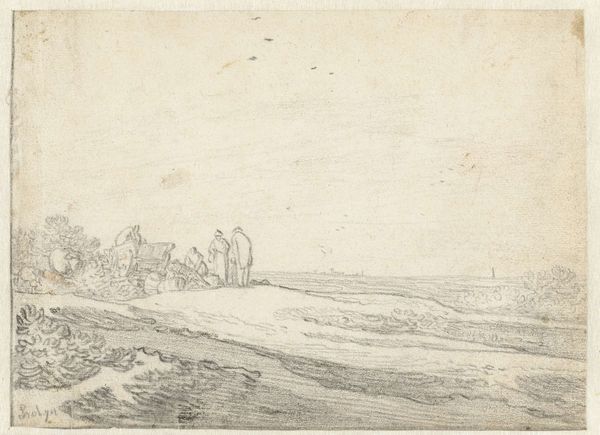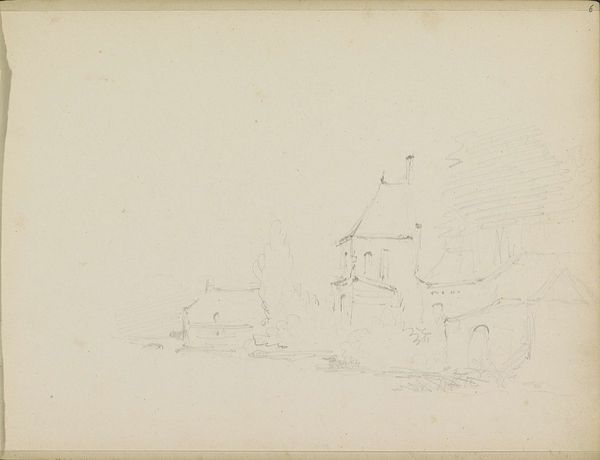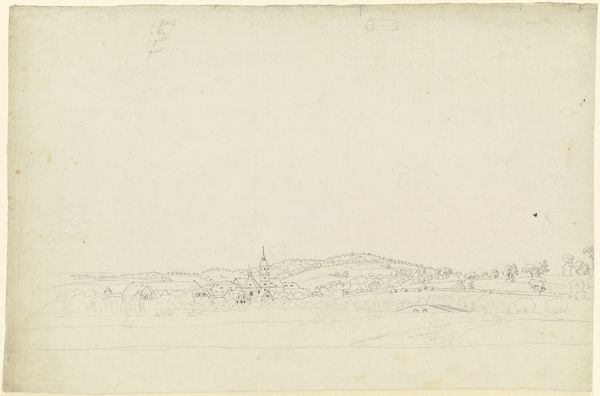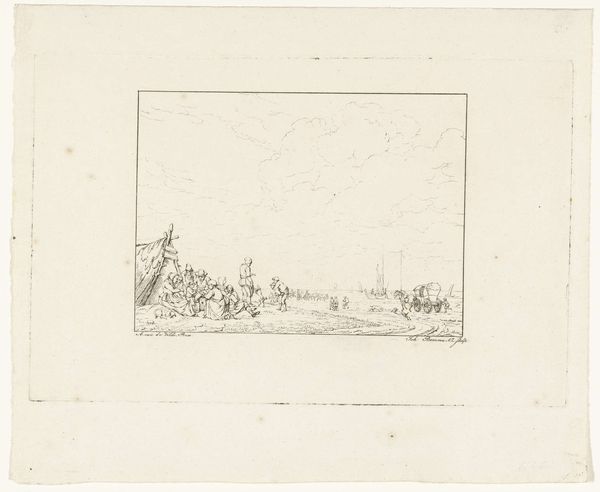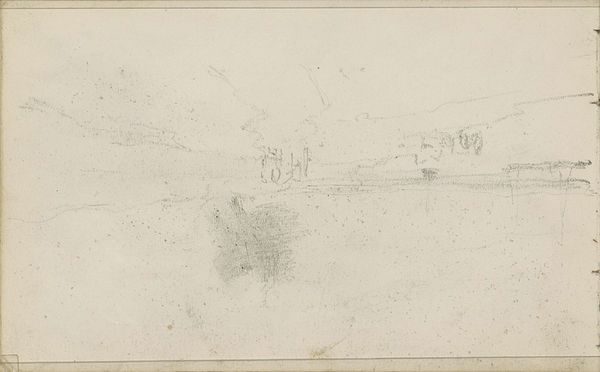
drawing, paper, pencil
#
tree
#
drawing
#
dutch-golden-age
#
pencil sketch
#
landscape
#
river
#
paper
#
pencil
Copyright: Rijks Museum: Open Domain
Adrianus Eversen sketched this landscape with a bridge and a mill sometime in the 19th century. The windmill, a dominant symbol here, wasn't merely a tool for grinding grain. In Dutch art, it often represented the nation's ingenuity, its battle against the waters, and its economic prosperity. Consider how the windmill motif, a testament to human innovation, finds echoes in ancient waterwheels, or even the elaborate clockwork mechanisms of Renaissance automatons. These are all embodiments of humanity's will to harness nature. The windmill, in its rhythmic rotation, also carries a subconscious echo of the cyclical nature of life, death, and rebirth. Like the Ouroboros, the snake that eats its tail, the windmill speaks to the eternal return. Such images affect us profoundly because they connect with ancient memories and primal fears. The windmill’s recurring presence in art and culture shows its symbolic power—a power that resurfaces through time, constantly renewed and reimagined.
Comments
No comments
Be the first to comment and join the conversation on the ultimate creative platform.
